Tunable structural color images by UV-patterned conducting polymer nanofilms on metal surfaces.
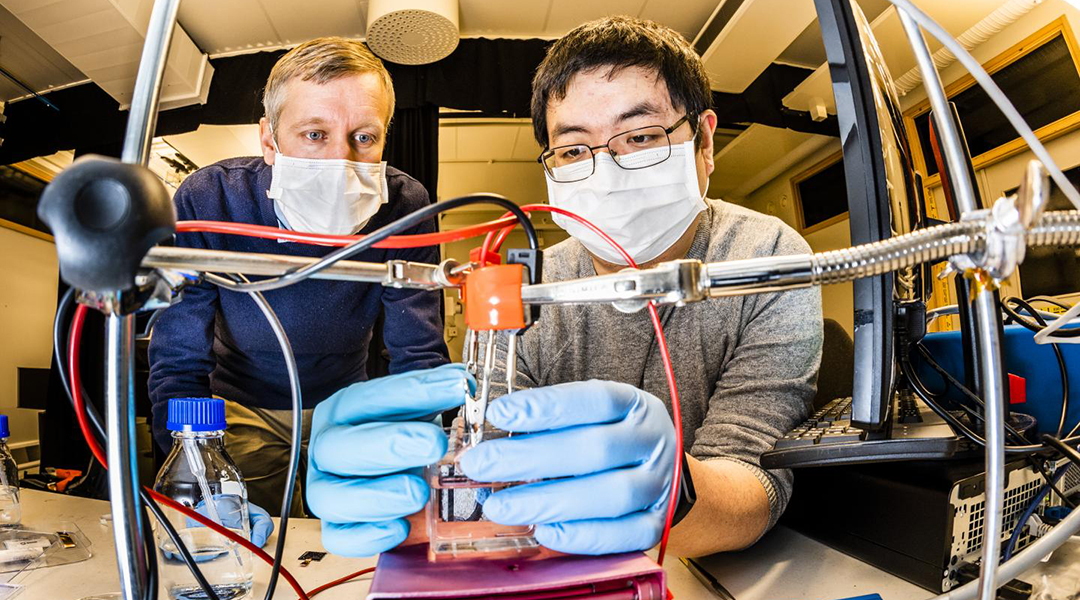


Tunable structural color images by UV-patterned conducting polymer nanofilms on metal surfaces.
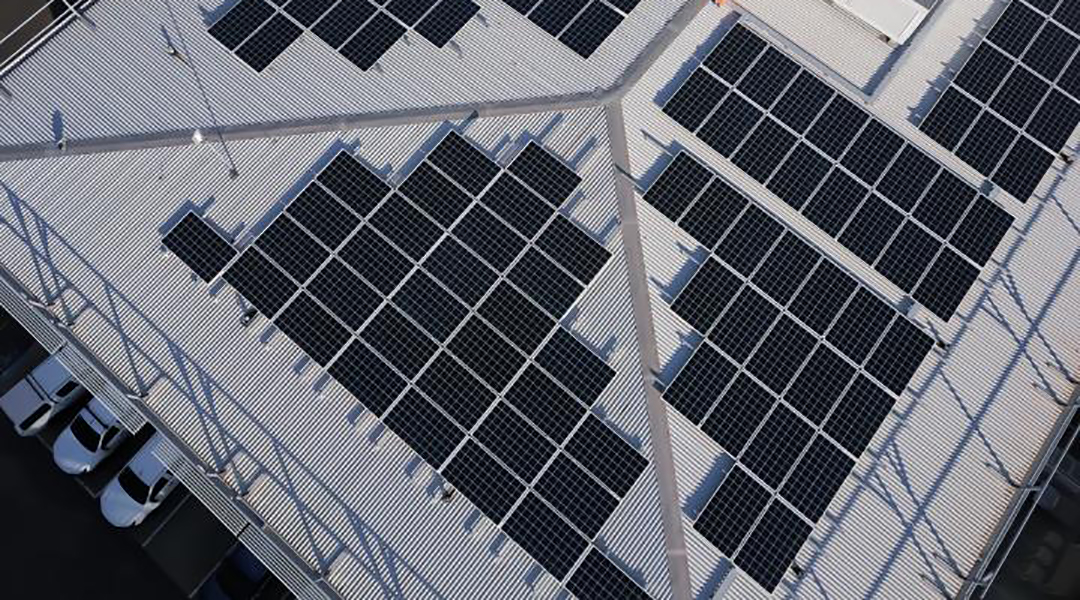
Microfluidic processing could help to make a competitive printed photovoltaics industry a reality.
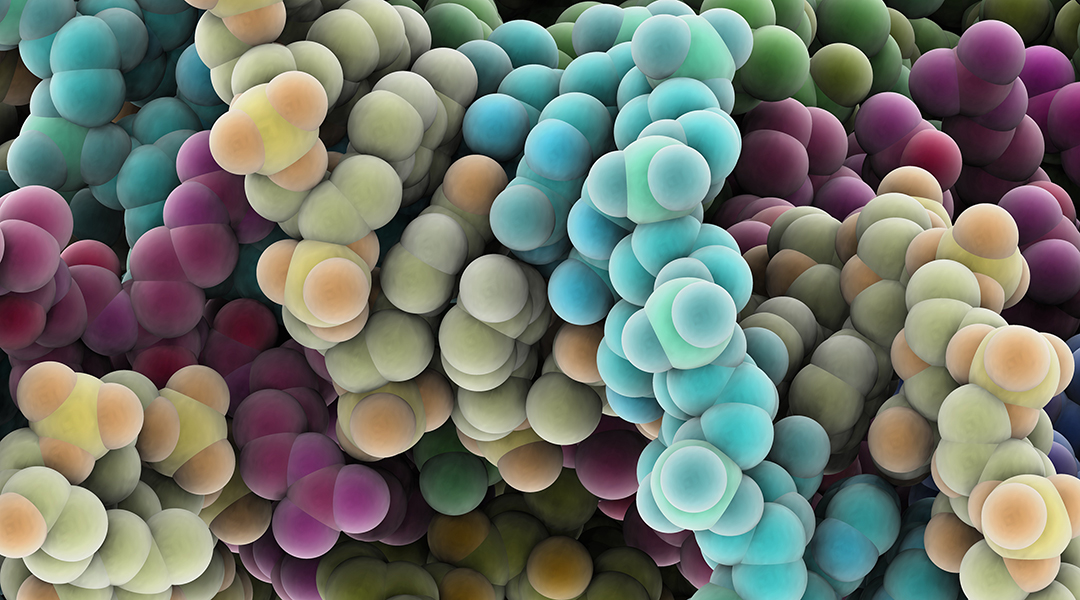
Bioorthogonal hydroamination of activated linear alkynes now suitable in living cells.
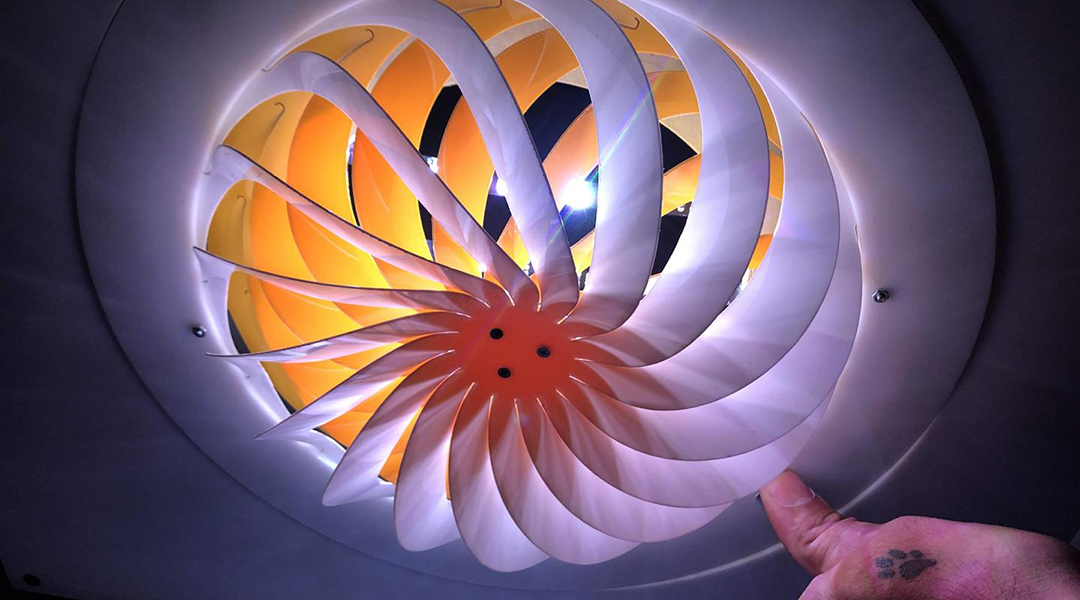
Kiriform structures harness buckling for stable, deployable structures.
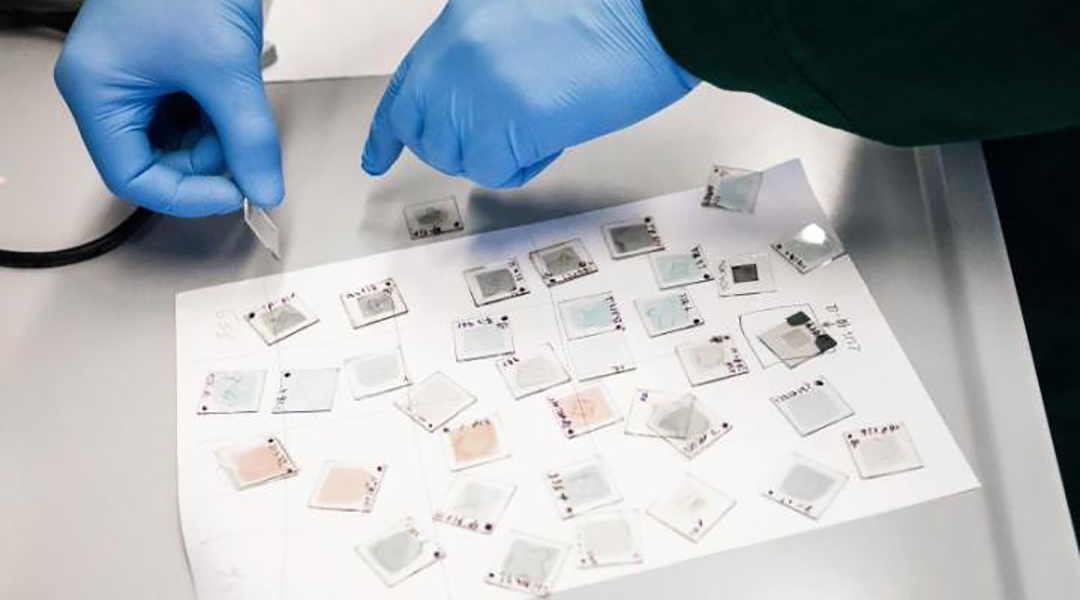
A molecule-thick material is opening doors for the advancement of flexible and recyclable organic solar cells.
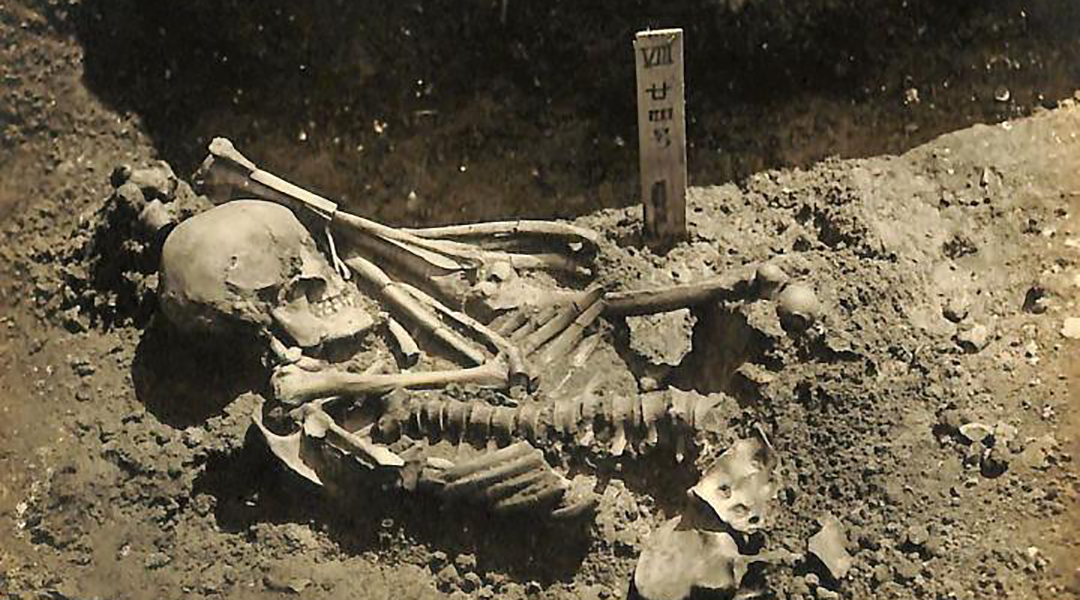
Analysis is a rare example of archaeologists being able to reconstruct a dramatic episode in the life of a prehistoric community.
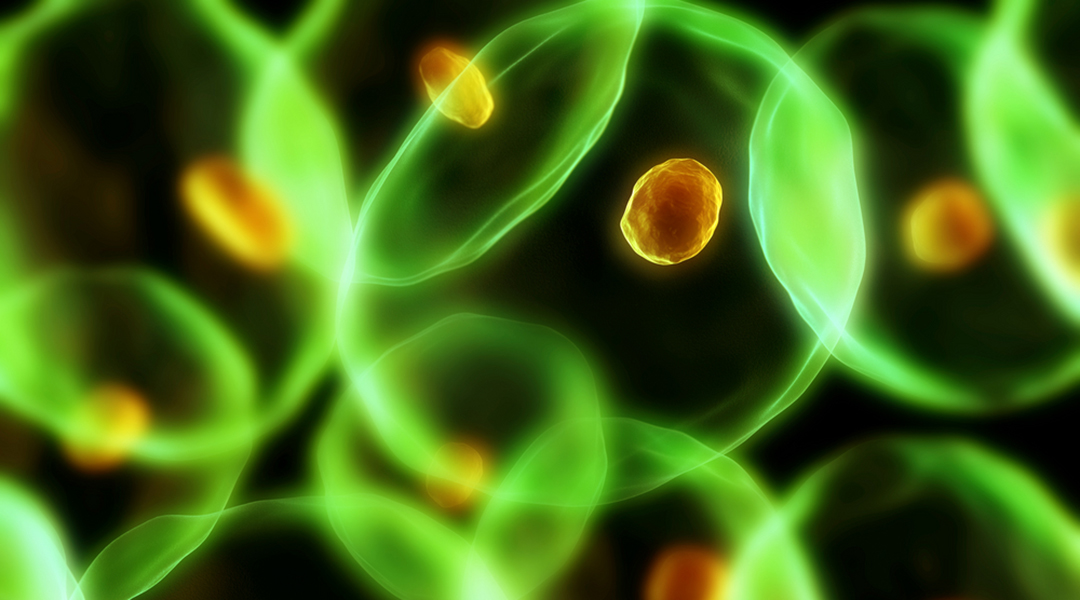
The device could improve personalized medicine by detecting whether a specific drug is likely to work for a patient before it is administered.
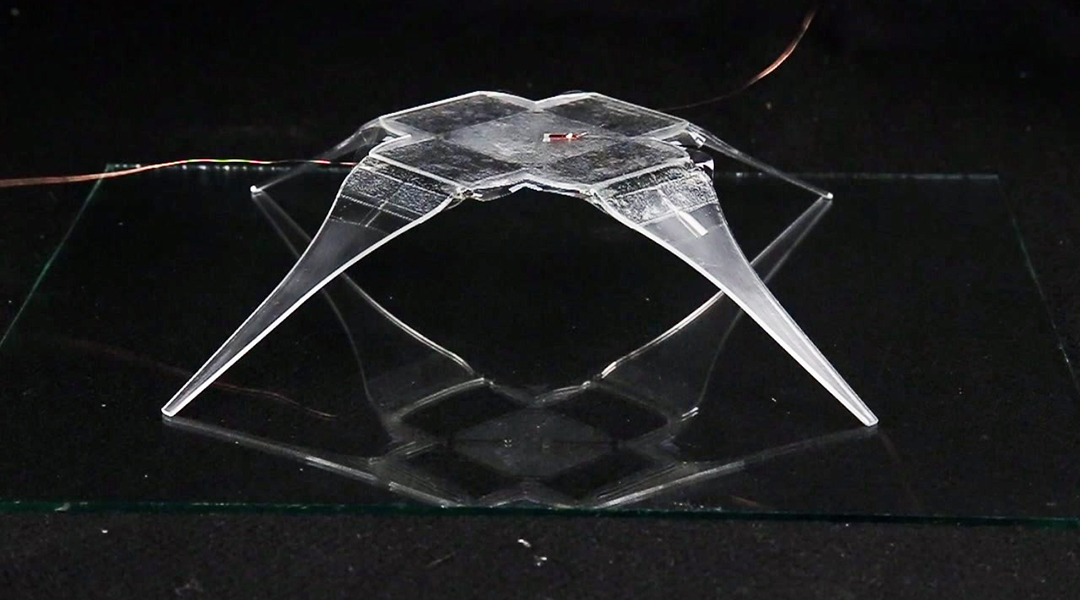
Robotic joints inspired by spiders help researchers create a new class of jumping, grasping, lightweight robots.
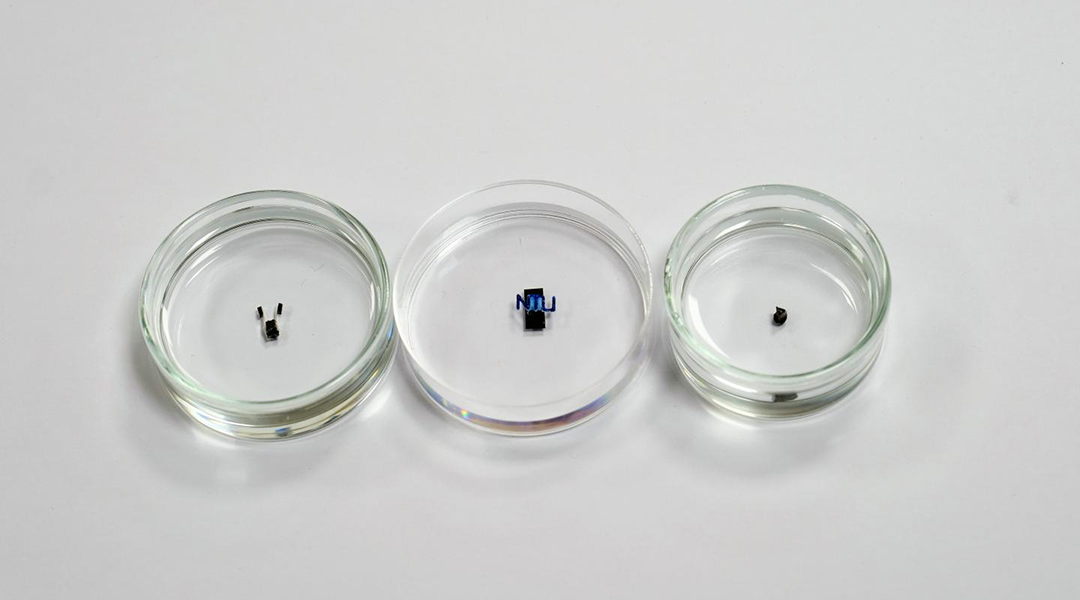
Researchers create swimming, moving, gripping miniature robots.
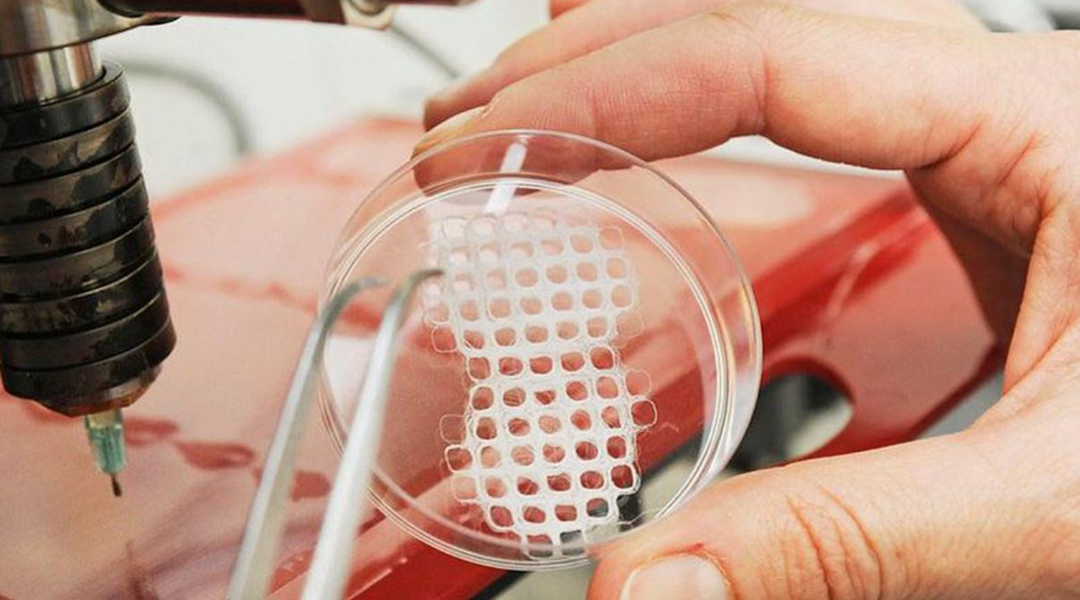
Machine vision and artificial intelligence can fine tune medical 3D printers to enable custom made tissue implants to suit the individual patient.